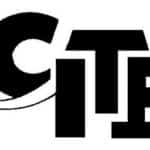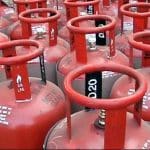TOPIC: Conservation, environmental pollution and degradation, environmental impact assessment
- The Vienna Convention for the protection of the ozone layer is often referred to as a framework convention, because it served as a framework for efforts to protect the ozone layer.
- It was adopted in 1985 and came into force in 1988.
- In 2009, it became the first convention in the world to achieve universal ratification.
- It did not require the countries to take concrete actions to control the use of ozone depleting substances.
- Instead, in accordance with the provisions of the Vienna Convention, the countries of the world agreed to the Montreal Protocol on substances that deplete the ozone layer under the convention to advance that goal.
- Ozone Depleting Substances (ODS) are:
- Hydrochlorofluorocarbon-22 (HCFC-22)
- Chlorofluorocarbons (CFCs) including Methyl Bromide
- Halon
Also read: Overseas Indian Citizenship Scheme
- They are mostly found in:
- Refrigerators & A.C. ( CFC)
- Fire Extinguishers ( Halon)
- Cleansing Solvents
- Aerosols (CFC)
- Adhesives and Coatings
- It is expected that if the international agreement is adhered to strictly, the ozone layer will recover by 2050.
- Due to its widespread adoption and implementation it has been hailed as an example of exceptional international cooperation.
Read More: Climate Change Organisations











